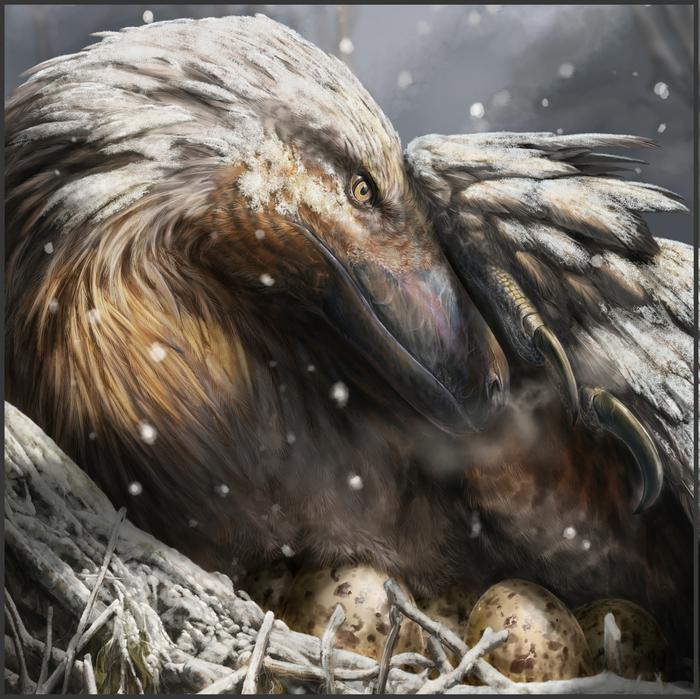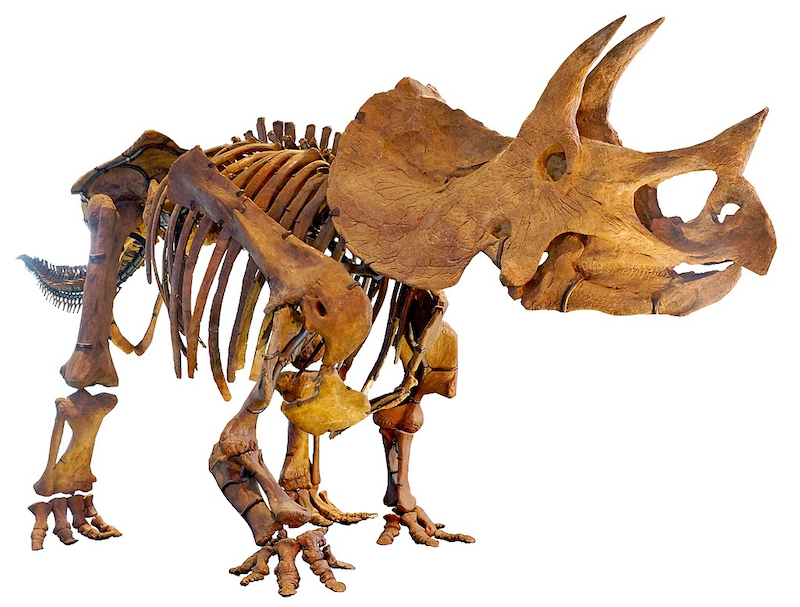
Warm-blooded dinosaurs were birds’ ancestors
Dinosaurs first came into prominence 230 million years ago. And almost all perished 66 million years ago, when an asteroid crashed to Earth. But, according to the fossil record, some dinosaurs at the time of that great extinction had traits seen in warm-blooded animals. They were able to control their body temperatures. They could thrive in colder climates. As the fossil record now shows, some of these warm-blooded dinosaurs had feathers to conserve body heat. On May 15, 2024, the University College London said warm-blooded dinosaurs arose about 180 million years ago. These are the dinosaurs that survived the asteroid crash and lived to produce descendants: our modern-day birds.
These warm-blooded dinosaurs arose during the Early Jurassic Epoch and were able to evolve in response to extreme changes in climate. That’s according to the study the researchers published in the journal Current Biology on May 15, 2024.
A sweeping look at dinosaurs
People once thought all dinosaurs were cold-blooded creatures, stereotyped as sluggish, lumbering beasts. The body temperature of cold-blooded animals, such as reptiles, is the same as the animal’s environment. So, they need warm environments to be active. That’s why cold-blooded animals of today are mostly found in warm climates, while those in temperate climates need to hibernate during the cold season.
The researchers analyzed what’s known about dinosaurs in the fossil record spanning 230 to 66 million years ago. How were different species distributed across the globe at different points in time? What were their evolutionary relationships? And what were their climate and geographic conditions?
What the study revealed
Some interesting observations emerged in their analysis. They learned that during the Early Jurassic Epoch, 201 to 175 million years ago, two kinds of dinosaurs adapted to cold climates. One of them was the theropods (meat-eating dinosaurs related to T. rex and Velociraptor). The other kind was ornithischians (relatives of plant-eaters like Stegosaurus and Triceratops). The adaptation of theropods and ornithischians to colder climates indicated that these dinosaurs could regulate their body temperature.

Meanwhile, a third type of dinosaur, the sauropods (relatives of Brontosaurus and Diplodocus) remained in warmer climates, perhaps hinting of a cold-blooded body.
During the timeframe of these evolutionary changes, there was a period of widespread volcanic activity that caused adverse climatic changes, resulting in the extinction of many species. It’s known as the Jenkyns Event, and it took place around 183 million years ago.
Juan L. Cantalapiedra, a co-author on the paper, said:
This research suggests a close connection between climate and how dinosaurs evolved. It sheds new light on how birds might have inherited a unique biological trait from dinosaur ancestors and the different ways dinosaurs adapted to complex and long-term environmental changes.
Climate drove evolution of warm-blooded dinosaurs
The paper’s lead author, Alfio Alessandro Chiarenza, also commented on the findings:
Our analyses show that different climate preferences emerged among the main dinosaur groups around the time of the Jenkyns Event 183 million years ago, when intense volcanic activity led to global warming and extinction of plant groups.
At this time, many new dinosaur groups emerged. The adoption of endothermy [the ability to regulate body temperature], perhaps a result of this environmental crisis, may have enabled theropods and ornithischians to thrive in colder environments, allowing them to be highly active and sustain activity over longer periods, to develop and grow faster and produce more offspring.
Co-author Sara Varela also commented:
Theropods also include birds, and our study suggests that birds’ unique temperature regulation may have had its origin in this Early Jurassic Epoch.
Sauropods, on the other hand, which stayed in warmer climates, grew to a gigantic size at around this time, another possible adaptation due to environmental pressure. Their smaller surface area to volume ratio would have meant these larger creatures would lose heat at a reduced rate, allowing them to stay active for longer.
Bottom line: According to a new study, warm-blooded dinosaurs emerged about 180 million years ago, evolving in response to adverse climatic changes.
Source: Early Jurassic origin of avian endothermy and thermophysiological diversity in dinosaurs











